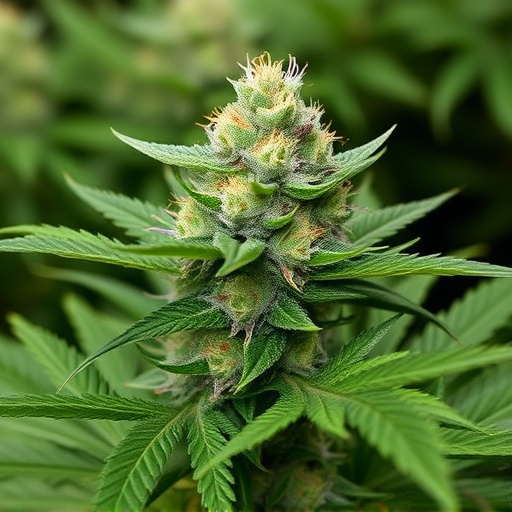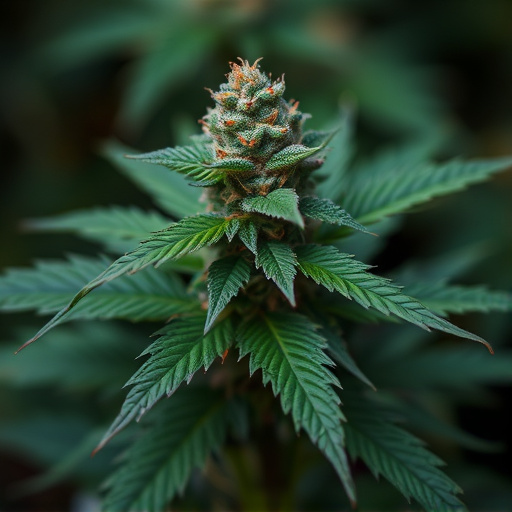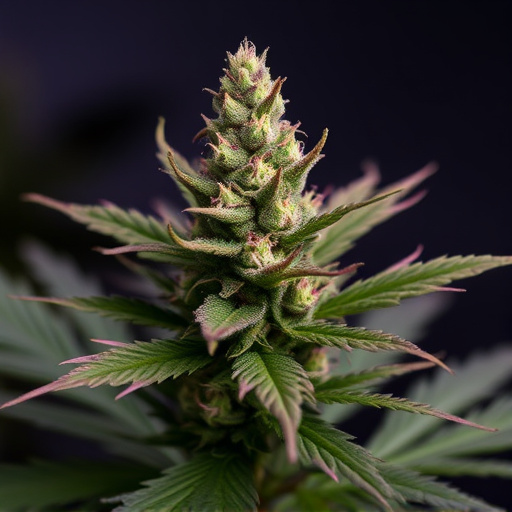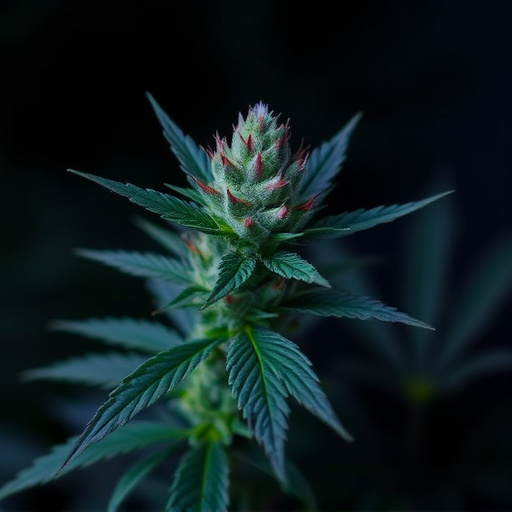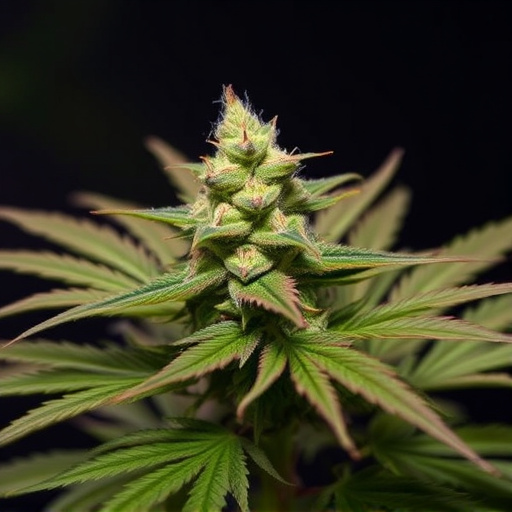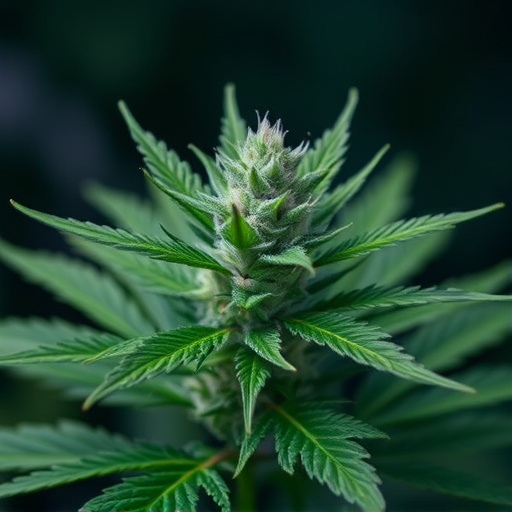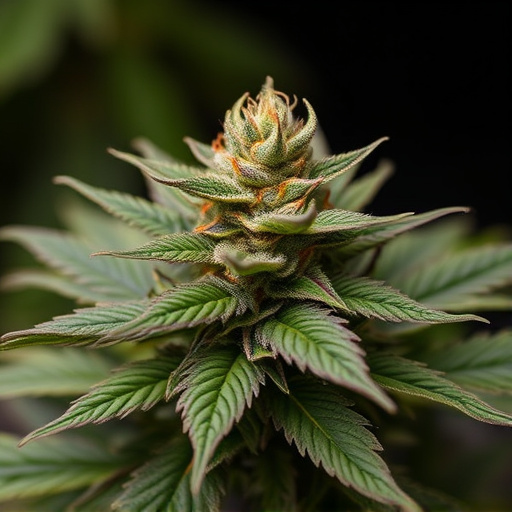THC in cannabis interacts with the endocannabinoid system to regulate appetite, offering potential relief for fibromyalgia patients experiencing chronic pain and appetite suppression. Specific high-THC strains may alleviate nausea and stimulate eating. Popular Indica varieties like Granddaddy Purple, Northern Lights, and Blue Dream are recommended for relaxing and sedative properties. THC's effects on appetite are complex; optimal dosage and specific terpene-rich strains can help manage fibromyalgia symptoms and diet challenges.
“Unraveling the complex relationship between THC and hunger hormones reveals a fascinating interplay that extends beyond recreational use. This article delves into how tetrahydrocannabinol (THC), the iconic compound in cannabis, influences the body’s innate hunger signals. We explore its potential as a therapeutic tool for managing fibromyalgia symptoms, particularly focusing on specific strains known for their appetite-stimulating properties. By examining the latest scientific insights, we gain a deeper understanding of THC’s role in appetite regulation, offering new perspectives on its medical applications.”
- Understanding THC and its Impact on the Body's Hunger Signals
- The Role of Cannabis in Managing Fibromyalgia Symptoms: A Look at Effective Strains
- Exploring the Science Behind THC's Effects on Appetite Regulation
Understanding THC and its Impact on the Body's Hunger Signals
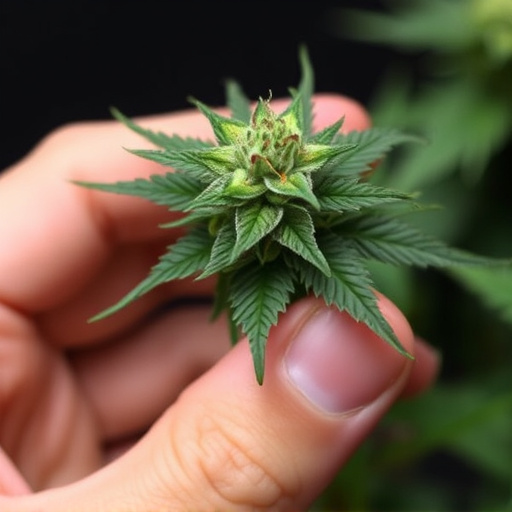
THC, or tetrahydrocannabinol, is a prominent compound found in cannabis that has been extensively studied for its various effects on the human body. When consumed, THC interacts with our endocannabinoid system (ECS), which plays a crucial role in regulating numerous physiological processes, including appetite and hunger signals. This interaction can lead to significant changes in how we perceive hunger and can even influence eating behaviors.
In individuals with conditions like fibromyalgia, where chronic pain and appetite suppression are common symptoms, the impact of THC on hunger hormones is worth exploring. Research suggests that specific cannabis strains high in THC, when used responsibly, might help alleviate nausea and stimulate appetite, which is particularly beneficial for those struggling to maintain a healthy diet due to pain-related eating disorders. The best cannabis strains for fibromyalgia often include varieties known for their balancing effects on the ECS, potentially offering relief from both pain and hunger issues.
The Role of Cannabis in Managing Fibromyalgia Symptoms: A Look at Effective Strains
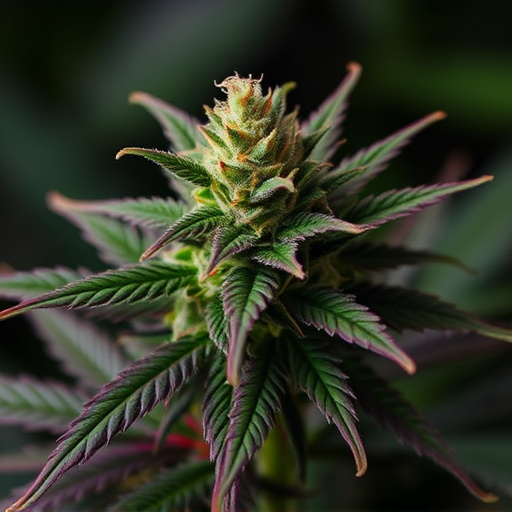
Cannabis has long been recognized for its potential in managing pain, and its effectiveness in alleviating symptoms associated with various medical conditions, including fibromyalgia, is increasingly being studied. Fibromyalgia is a chronic health issue characterized by widespread musculoskeletal pain, fatigue, and sleep disturbances. Research suggests that certain compounds found in cannabis, particularly tetrahydrocannabinol (THC), interact with the body’s endocannabinoid system, which plays a crucial role in regulating pain perception and appetite.
When it comes to managing fibromyalgia symptoms, specific strains of cannabis have proven to be particularly beneficial. The best cannabis strains for fibromyalgia are typically high in THC and CBD (cannabidiol). THC, known for its psychoactive properties, can help reduce chronic pain and improve sleep quality by binding to CB1 receptors in the brain and spinal cord. On the other hand, CBD does not produce a “high” but offers anti-inflammatory effects and may aid in managing muscle stiffness and spasms. Some popular strains recommended for fibromyalgia include Indica varieties such as Granddaddy Purple, Northern Lights, and Blue Dream, which are known for their relaxing and sedative properties, making them ideal for evening use to promote better sleep.
Exploring the Science Behind THC's Effects on Appetite Regulation
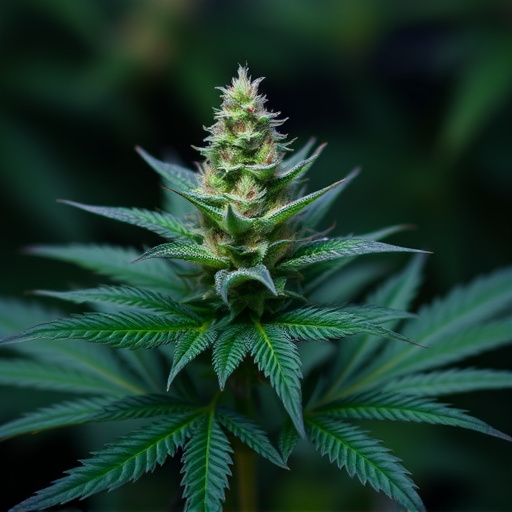
The science behind THC’s effects on appetite regulation is a fascinating area of study, especially in the context of managing conditions like fibromyalgia, where symptoms can include chronic pain and reduced appetite. Research suggests that tetrahydrocannabinol (THC), one of the primary psychoactive compounds in cannabis, interacts with the endocannabinoid system, which plays a key role in regulating hunger, metabolism, and energy balance.
THC binds to receptors in the brain and body, influencing various physiological processes, including food intake. While THC is often associated with increased appetite or “munchies,” the effect can be complex. Some studies indicate that low to moderate doses of THC may stimulate appetite, potentially benefiting patients with fibromyalgia who struggle to maintain a healthy diet due to pain-related eating difficulties. Exploring the optimal dosage and strain profiles, such as those known for their high CBD content or specific terpene compositions, could offer tailored solutions for managing both pain and appetite in conditions like fibromyalgia, highlighting the potential of cannabis as a therapeutic tool.
THC’s complex interplay with hunger hormones offers potential therapeutic benefits, particularly for conditions like fibromyalgia. As research continues to uncover the intricate science behind these effects, we can expect to see further development of strategies using both THC and specific cannabis strains, such as those known for their pain-relieving properties, like Indica varieties, to manage symptoms effectively. Exploring the best cannabis strains for fibromyalgia may provide relief for individuals seeking alternative treatments, but it’s crucial to consult healthcare professionals for personalized guidance.






